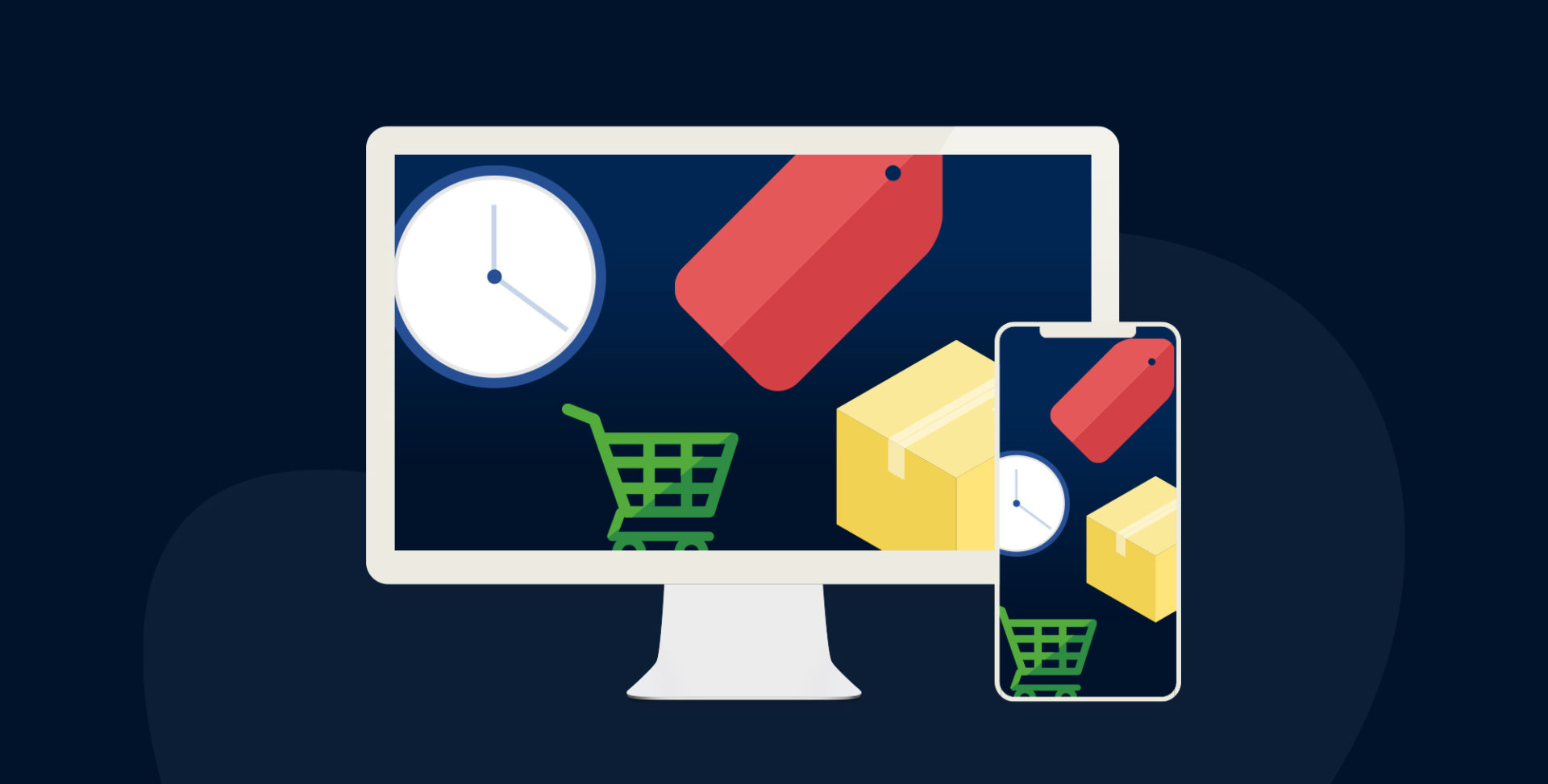International Ecommerce: Questions to Ask Before Selling Internationally
No matter what your international ecommerce activities or what you sell online, one of your priorities will be to find and attract new customers. The good news is that you can count on product interest from international customers. In the era of international ecommerce, 25.5% of European online purchases are made abroad. Therefore, there is no reason to deprive yourself of this market. It’s reaching out to you and wants to purchase your goods! Before you begin, you need to ask yourself critical questions to succeed in your quest for international expansion.
What opportunities are there?
The differences between domestic and international markets are vast. You’ll have to perform specific tasks twice, much like starting a new business. Begin with market research. Identify the countries that have demand for products like yours. Additionally, you can study the popularity of your product type by season.
It’s important to analyse the consumption habits of the local population. Learn whether they tend to purchase from international sellers, and, if so, where do they tend to purchase from? Studies indicate that 57% of consumers have purchased from a foreign seller in the last six months.
Going international is a great adventure! Do your due diligence. Don’t skip steps and make it a gradual expansion. To ensure you make the right choices, learn all the vital information and ask the right questions, we’ve put together a handy infographic to refer to.
Vital questions you should be asking
How to manage international ecommerce SEO
Remember to organise your website pages by language. It is estimated, 42% of European customers avoid purchasing from websites that aren’t displayed in their native language. Additionally, you’ll need to adapt your SEO efforts to specific regions or countries. Keyword relevance will be crucial for ranking in local searches and the domain extension will build trust with local buyers.
What payment solutions should you use for international ecommerce selling?
For long term success, you’ll need a payment solution adapted to international ecommerce. Your CMS must be able to handle different currencies for payments. An estimated 33% of shoppers abandon their checkout when products are priced in a different currency than their own. In other words, payment types matter!
Be aware that there are eCommerce solutions that allow products to be referenced in different currencies. If you can’t display the price in the currency you want, consider providing a currency conversion. This way, your customers will know the exact amount of their purchase.
What are the regulations?
Selling internationally means complying with new tax rules. Take into account regional taxes and customs duties, as these will affect margins on your products. Additionally, it’s important to note that international deliveries will need to go through different customs and require additional forms.
Help yourself! Find out about any free trade agreements in place in countries you’re operating. These sometimes reduce customs duties for specific products, and your product line may be affected. One crucial note, since 1 July 2021, a One Stop Shop (OSS) facilitates the payment of VAT within the European Union.
What delivery methods should be used?
Carefully consider the delivery methods you’ll offer to customers. Most Europeans prefer home delivery, but this trend varies from country to country. Like with domestic eCommerce, logistics and shipping are crucially important when you sell internationally.
Be transparent about shipping times. These will be affected by cross-border delivery and may take longer than usual. Remember to inform your customers of these timelines and allow them to track their orders through the delivery process.
How do you manage customer service?
Providing exceptional customer service and how you do that is a topic that requires your attention. Many resources will need to be translated into native languages, from FAQs and contact forms to user guides. Additionally, consider the implementation of returns in the countries you’ll operate in.
A no nonsense attitude in this area is a great way to stand out from your competitors. 50% of customers in Southern Europe communicate their dissatisfaction in the event of a delivery problem. Might as well do without the bad publicity!
How do you create an international community?
As you know, gathering a community around your brand is a tremendous asset. By setting up in a new country, you’re starting from scratch. You’ll have a new reputation to build.
88.5% of marketers consider influencers essential to their strategies. Don’t waste time, start engaging with local influencers early on.
How do you plan your entry into the international market?
To master the ins and outs of international e-commerce all you have to do is go for it – just don’t rush it. Move forward gradually.
At first, you can use already established sites with a good reputation, such as eBay. They are a good way to test the demand for your products abroad without committing too much capital. Next, begin optimising your website for international buyers. Clearly mark that you accept international orders, list the countries you’ll deliver to and provide product listings in the local currencies of customers whose IP address indicates they are abroad. Finally, the most advanced step is to create a ‘localised’ website intended for the audience of a specific region or country. Following these steps will allow you to cater to the needs of international buyers whilst optimising your website for that country’s SEO.





